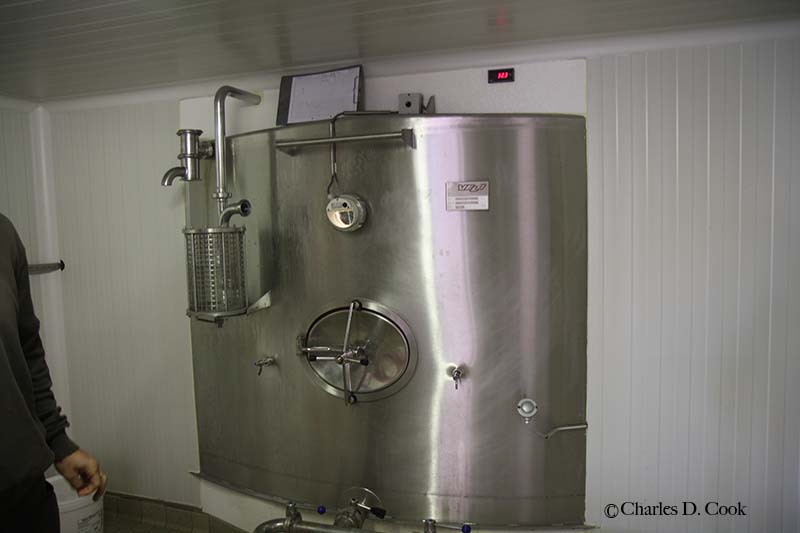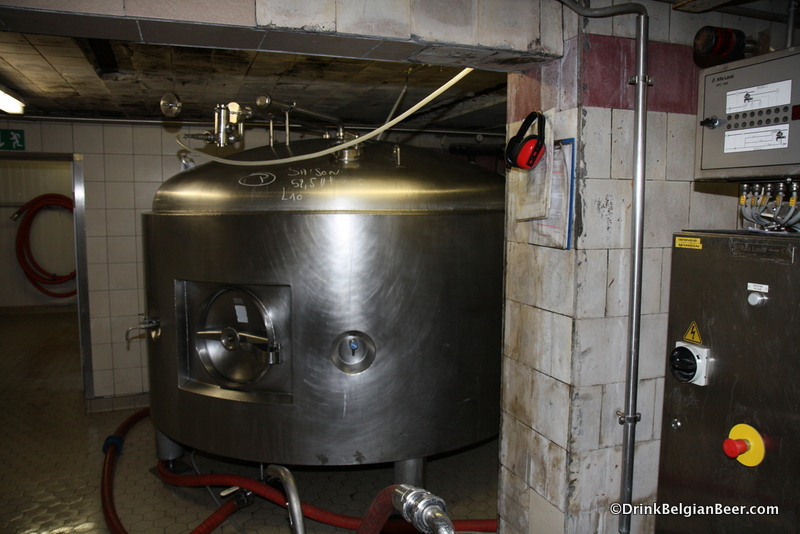I know there are a thousand threads on the 3724 saison stall, but this isn't a yeast I normally use so here's my data point. I pitched a nice healthy batch of 3724 from a 1.6 gal starter into 5.5 gal of 1.056 wort at 80F. This was my daugter's first brew day and I wanted bubbles before bedtime 
After 3 hours, the 5.5 gal batch was bubbling away like crazy. I don't have any open temperature controlled space right now, so the beer is sat in my 70F basement. I've read about open fermenting 3724, so I removed the airlock from my BrewBucket and covered it with a piece of foil once the krausen was nice and fluffy at 2" thick. By the next morning, the krausen had dropped to a thin foam on top of the beer, with patches of beer visible. The gravity was 1.044 (on the tilt) confirmed as 1.042 with a hydrometer sample. It's pretty much been stuck there ever since.
The fast fermentation test was down to 1.004 within 72 hours, so there are plenty of fermentable sugars in the wort and the yeast was good. So I got the stall, even with no airlock on the BrewBucket... Maybe because I let the temperature drop from 80F to 70F?
I didn't want to risk oxidation, so I put the airlock back on after the krausen had dropped. I've seen posts that it can take 3724 a month to get to final when this happens. I'm in no rush with this beer (my chronicle will be open by my next brew day), so I'm just going to wait it out and see.

After 3 hours, the 5.5 gal batch was bubbling away like crazy. I don't have any open temperature controlled space right now, so the beer is sat in my 70F basement. I've read about open fermenting 3724, so I removed the airlock from my BrewBucket and covered it with a piece of foil once the krausen was nice and fluffy at 2" thick. By the next morning, the krausen had dropped to a thin foam on top of the beer, with patches of beer visible. The gravity was 1.044 (on the tilt) confirmed as 1.042 with a hydrometer sample. It's pretty much been stuck there ever since.
The fast fermentation test was down to 1.004 within 72 hours, so there are plenty of fermentable sugars in the wort and the yeast was good. So I got the stall, even with no airlock on the BrewBucket... Maybe because I let the temperature drop from 80F to 70F?
I didn't want to risk oxidation, so I put the airlock back on after the krausen had dropped. I've seen posts that it can take 3724 a month to get to final when this happens. I'm in no rush with this beer (my chronicle will be open by my next brew day), so I'm just going to wait it out and see.





